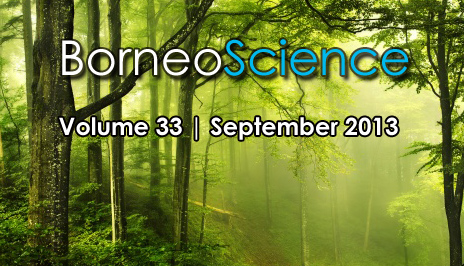Abu Naser Md. Ahsanul Haque
BGMEA University of Fashion & Technology, Uttara, Dhaka, Bangladesh
Email: naser.wg@gmail.com
ABSTRACT. Effects of electrolyte and liquor ratio were observed on dyeing of cotton fabric with bi-functional Fluoro Chloro Pyrimidene (FCP), bi-functional Monochlorotriazine-Vinyl Sulphone (MCT-VS) and mono functional Monochlorotriazine (MCT) reactive dyes. For this experiment single joursey knitted fabrics were taken. The selected dyestuffs were Drimarene Yellow K-2R (FCP), Drimarene Red CI-5B (MCT-VS) and Drimarene Navy X-GN (MCT). 1% on the weight of fabric (owf) of each dye was considered for producing 15 single shades by varying the electrolyte amount and liquor ratio. Gluaber salt was used in each dye bath as electrolyte. The post dye liquors were tested in absorbance spectrophotometer (UV 1800) to measure the absorbance of those solutions. Beer-Lambert law was used to get concentration from absorbance and then the exhaustion% was calculated. The dyed fabric samples were tested in a reflectance spectrophotometer (datacolor 650) to get the color coordinates (L*, a*, b*, c*, h*). The results show that FCP dye exhaustion was the best among these three and MCT dye exhaustion was the least but it can be improved by increasing the electrolyte. MCT-VS dye has a tendency to changing its hue in higher electrolyte amount or higher liquor ratios.
KEYWORDS. Electrolyte; Liquor ratio; Chroma; Hue; Exhaustion.
REFERENCES:
-
Aspland, J. R. 1997. Textile dyeing and coloration. American Association of Textile Chemists and Colorist: 132.
-
Broadbent, D. A. 2001. Basic Principles of Textile Coloration. Society of Dyers and Colourists. Kent: Thanet Press Ltd.
-
Cantrell, A. C. 2008. Technical Note: Review of methods for linear least-squares fitting of data and application to atmospheric chemistry problems. Atmospheric Chemistry and Physics, 8: 5477-5487.
-
Chinta, S. K. & Vijaykumar, S. 2013. Technical Facts & Figures of Reactive Dyes Used in Textiles. I.J.E.M.S, 4(3): 308-312.
-
Dalal, M. M. & Desai, R. K. 1996. Dyeing Effects of Bifunctional Reactive Dyes on Knitted Cotton Fabrics. American Dyestuff Reporter: April: 22-25.
-
Gamal, M. A., Abo Farha, A. S., Sallam, B. H., Mahmoud, A. E. G., & Ismail, M. F. L. 2010. Kinetic Study and Equilibrium Isotherm Analysis of Reactive Dyes Adsorption onto Cotton Fiber. Nature and Science, 8(11): 95-110.
-
Iqbal, M. 2008. Textile Dyes. Karachi: Rehbar Publishers: 65-70.
-
Miljkovic, M. N., Ignjatovic, V. B. & Zarubica, A. R. 2007. Influence of Different Parameters on Dyeing of Knitting Material with Reactive Dyes. Facta Universitatis; Physics, Chemistry and Technology, 5(1): 69-84.
-
Renfrew, M. H. A. 1999. Reactive Dyes for Textile Fibres. Society of Dyers and Colourists. Aberystwyth: Cambrian Printers: 121.
-
Sultana, R. & Uddin, Z. M. 2007. Compatibility Testing of Reactive Dyes. Journal of Mechanical Engineering, ME38: 61-64.


